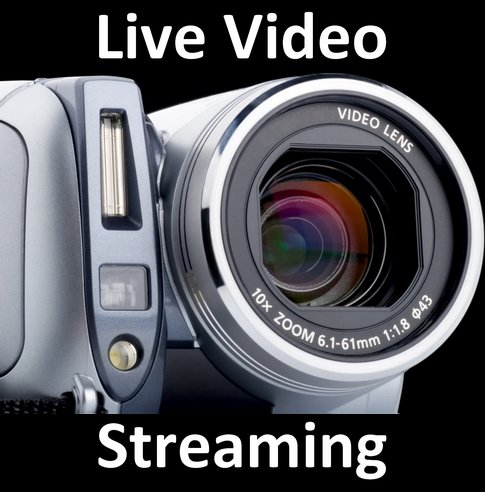beautiful place that could be visited as the aim of the holiday of being golfreisen-platzreife und golfreisen in andalusien. It apostr s a beautiful the place of good scenery. And when you were the person who liked golf sport, then you were in the exact place. You could come to golfreisen algarve and saw personal golf-course that has we were spread really luas. golfreisen-platzreife und golfreisen in andalusien was good idea. Because you did not only go on holiday but also to go sport.
You could choose golfreisen algarve the Package that in accordance with the requirement and the budget you must Be. The package golfreisen algarve was varying enough. You must only choose the package that usually is turned or that was liked by you. You could ask the friend or your family to play golf with you. golfreisen algarve was the place that was very beautiful to play golf. You will get the not forgotten experience when playing golf here.
Labels: Golf in Germany, golfreisen algarve




















